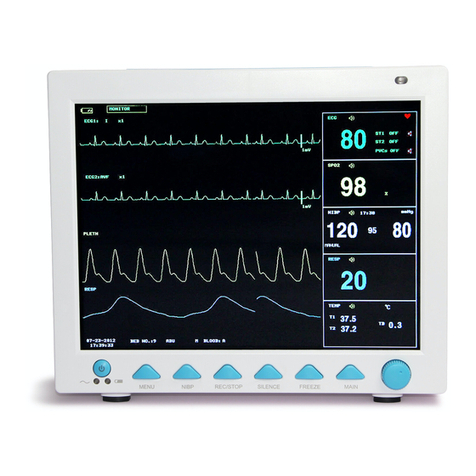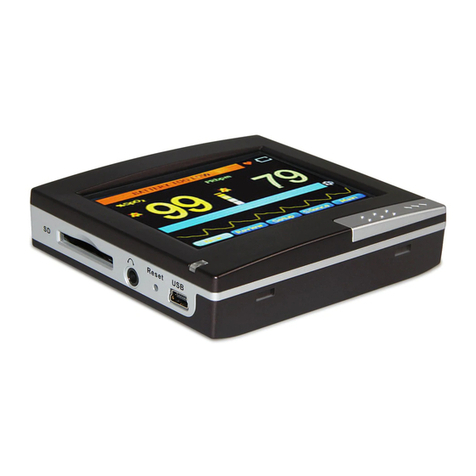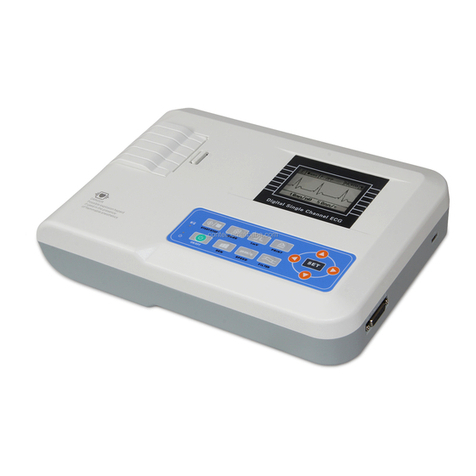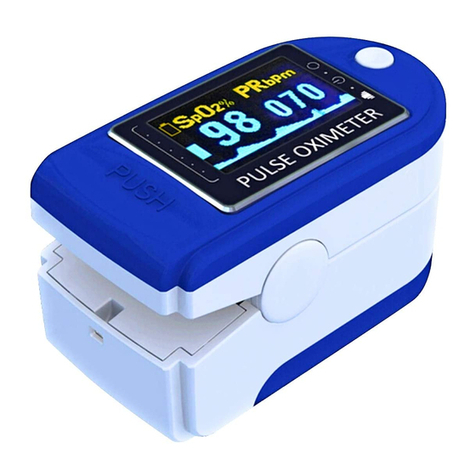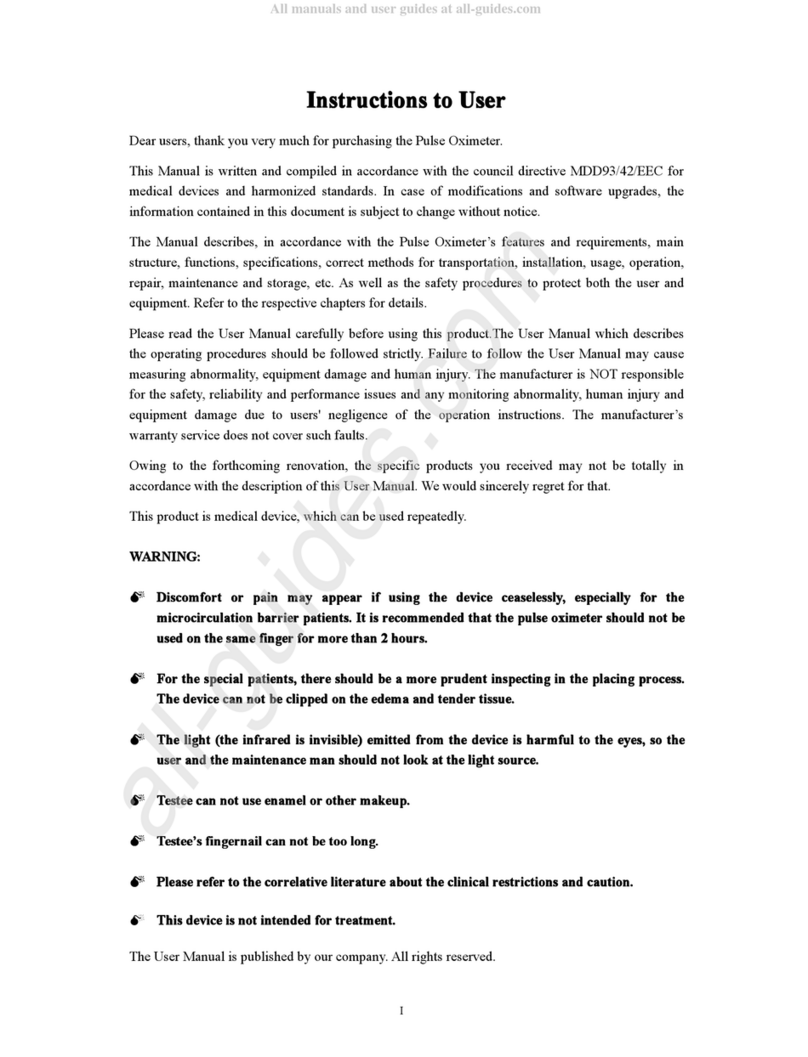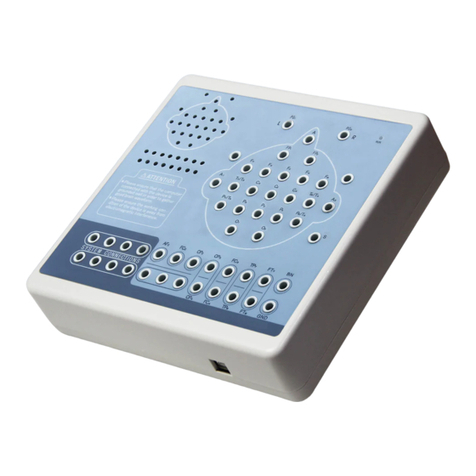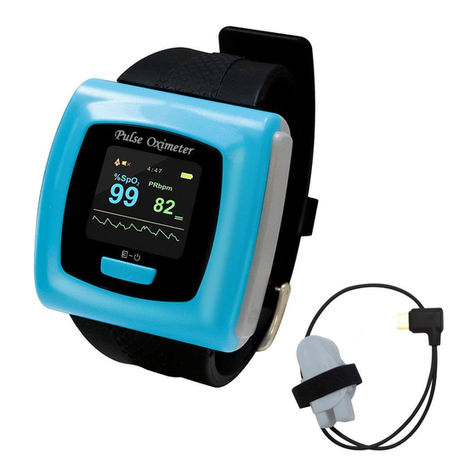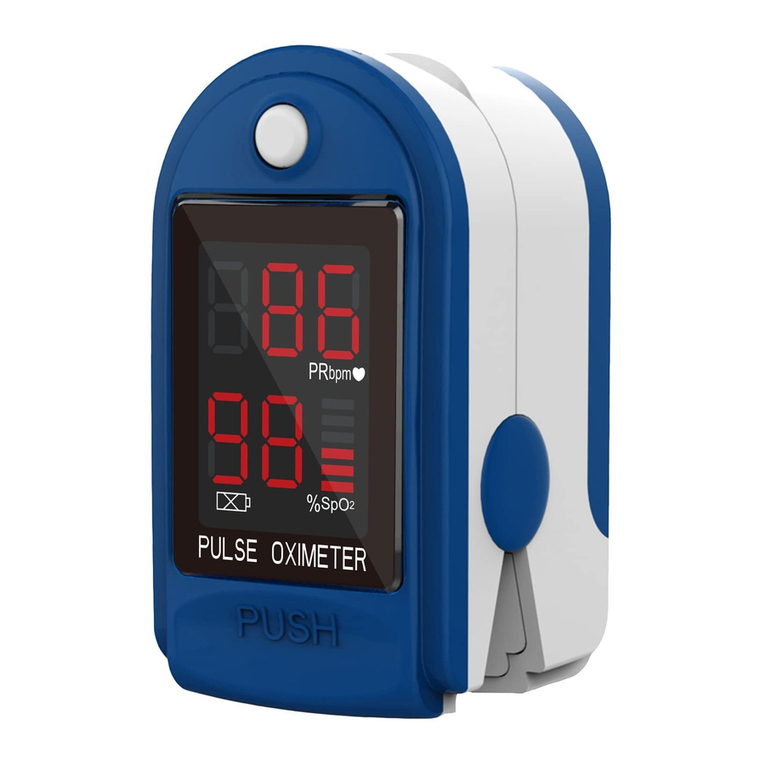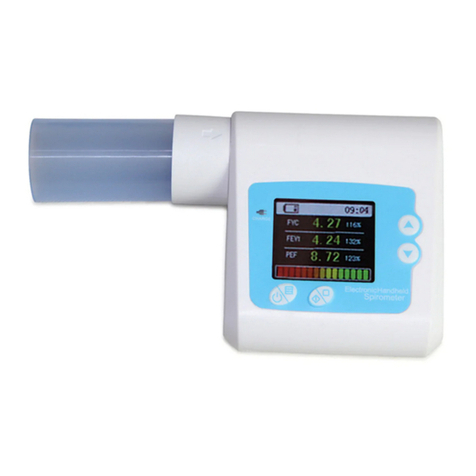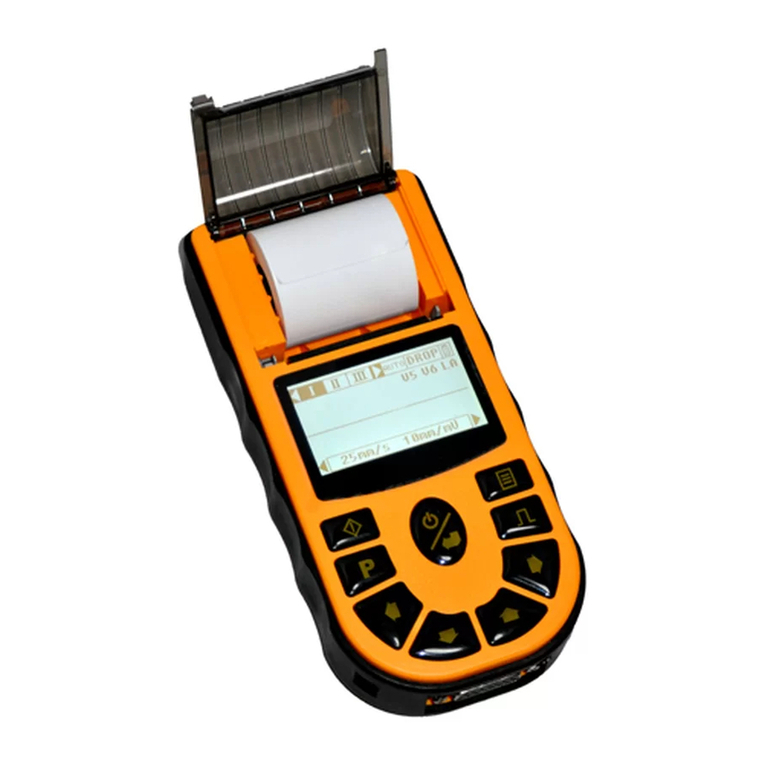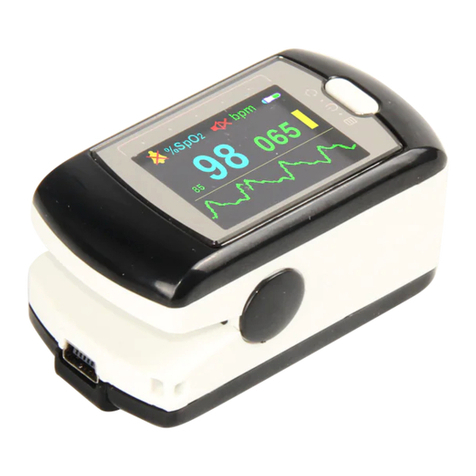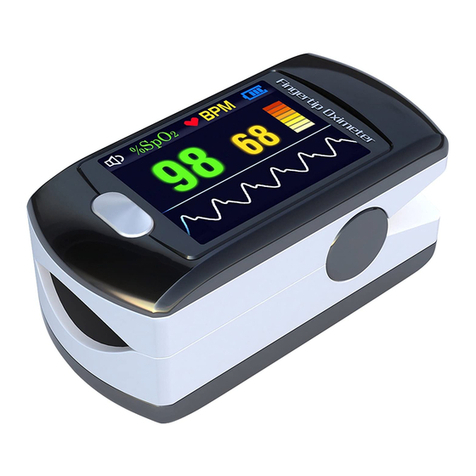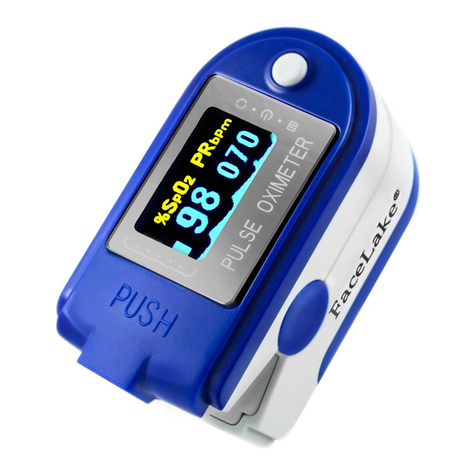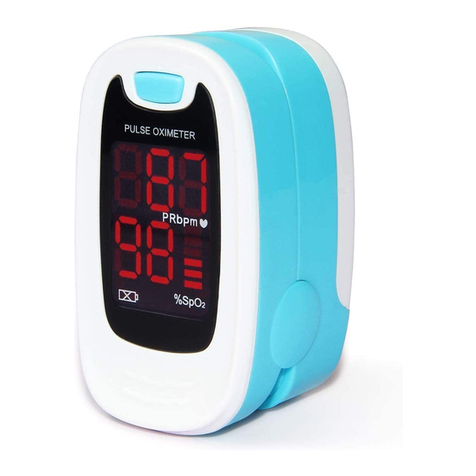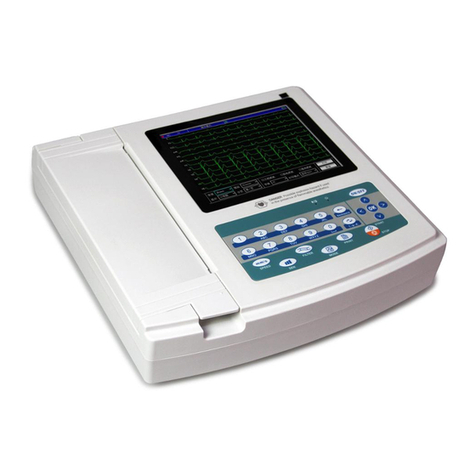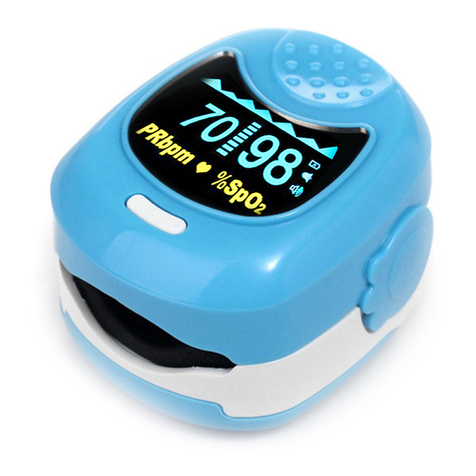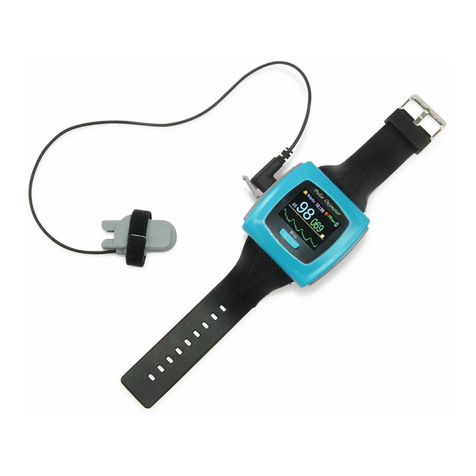
III
C
C
C
C ontents
ontents
ontents
ontents
1Safety
1Safety
1Safety
1Safety
............................................................................................................................................................................
............................................................................................................................................................................
............................................................................................................................................................................
............................................................................................................................................................................
1
1
1
1
1.1Instructions for safe operations
...................................................................................................................... 1
1.2Warning
................................................................................................................................................................. 1
1.3Attention
............................................................................................................................................................... 1
2.Overview
2.Overview
2.Overview
2.Overview
.....................................................................................................................................................................
.....................................................................................................................................................................
.....................................................................................................................................................................
.....................................................................................................................................................................
2
2
2
2
2.1Features
................................................................................................................................................................. 2
2.2Major applications and scope of application
............................................................................................. 2
2.3Environment requirements
............................................................................................................................... 3
3.Principle
3.Principle
3.Principle
3.Principle
......................................................................................................................................................................
......................................................................................................................................................................
......................................................................................................................................................................
......................................................................................................................................................................
3
3
3
3
4.Technical
4.Technical
4.Technical
4.Technical specifications
sp ecifications
sp ecifications
sp ecifications
.........................................................................................................................................
.........................................................................................................................................
.........................................................................................................................................
.........................................................................................................................................
3
3
3
3
4.1Main performance
.............................................................................................................................................. 3
4.2Main Parameters
................................................................................................................................................. 4
5Installation
5Installation
5Installation
5Installation
..................................................................................................................................................................
..................................................................................................................................................................
..................................................................................................................................................................
..................................................................................................................................................................
5
5
5
5
5.1View
5.1View
5.1View
5.1View of
of
of
of the
the
the
the front
front
front
front panel
panel
panel
panel
.....................................................................................................................................
.....................................................................................................................................
.....................................................................................................................................
.....................................................................................................................................
5
5
5
5
5.2Under side View and Left View
.................................................................................................................. 5
5.3Rear View
............................................................................................................................................................ 5
5.4Accessories
........................................................................................................................................................... 6
6Operating
6Operating
6Operating
6Operating Guide
Guide
Guide
Guide
.......................................................................................................................................................
.......................................................................................................................................................
.......................................................................................................................................................
.......................................................................................................................................................
6
6
6
6
6.1Application method
............................................................................................................................................ 6
6.2Attention for operation
................................................................................................................................... 11
6.3Clinical restrictions
.......................................................................................................................................... 11
7Maintain
7Maintain
7Maintain
7Maintain 、transportation
transportation
transportation
transportation and
and
and
and storage
storage
storage
storage
...........................................................................................................
...........................................................................................................
...........................................................................................................
...........................................................................................................
12
12
12
12
7.1Cleaning and Disinfecting
.............................................................................................................................
12
7.2Maintain
..............................................................................................................................................................
12
7.3Transportation and storage
............................................................................................................................
12
8Troubleshooting
8Troubleshooting
8Troubleshooting
8Troubleshooting
.......................................................................................................................................................
.......................................................................................................................................................
.......................................................................................................................................................
.......................................................................................................................................................
12
12
12
12
9Key
9Key
9Key
9Key
of
of
of
of
Symbols
Symbols
Symbols
Symbols
......................................................................................................................................................
......................................................................................................................................................
......................................................................................................................................................
......................................................................................................................................................
13
13
13
13
10Function
10Function
10Function
10Function Specification
Specification
Specification
Specification
........................................................................................................................................
........................................................................................................................................
........................................................................................................................................
........................................................................................................................................
14
14
14
14
Appendix1
Appendix1
Appendix1
Appendix1
...................................................................................................................................................................
...................................................................................................................................................................
...................................................................................................................................................................
...................................................................................................................................................................
16
16
16
16
Appendix2
Appendix2
Appendix2
Appendix2
...................................................................................................................................................................
...................................................................................................................................................................
...................................................................................................................................................................
...................................................................................................................................................................
18
18
18
18
